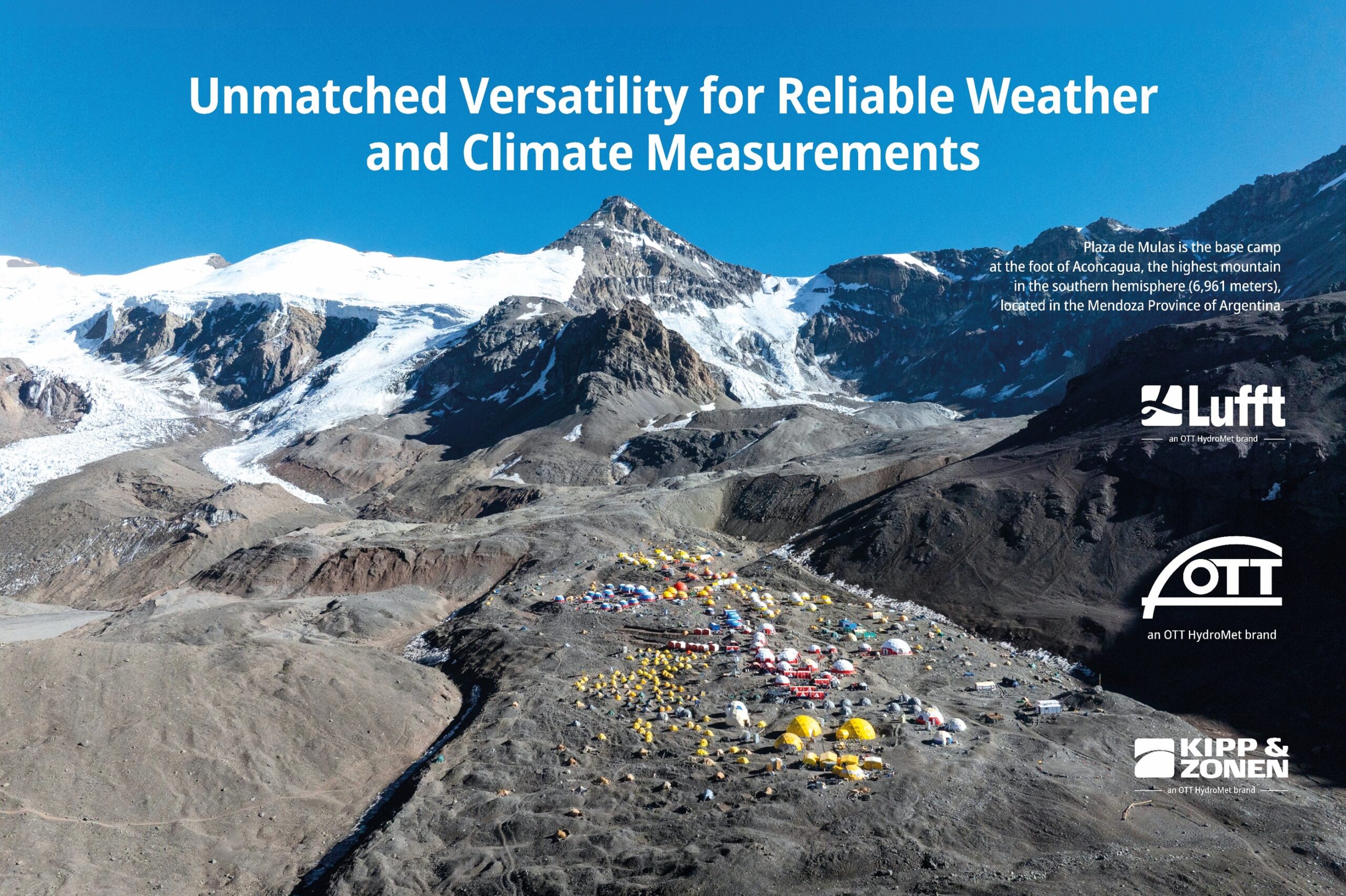pH measurement in natural aquatic environments is commonly done electrochemically by measuring the voltage between a pH-sensitive glass electrode and a reference electrode. Commercial pH meters convert voltage readings into pH units using calculations based on the Nernst equation and sometimes other assumptions about the environment and measurement system. Because of unavoidable differences between theoretical pH measurement systems and real-world pH measurements systems, pH is often said to be defined “operationally” based on an accepted electrochemical method such as Standard Method 4500-H+ or similar methods from other standards organizations. Despite pH sensor imperfections, most water resource professionals accept measurements derived from glass electrode measurement systems as the “operational definition” of pH and use them for meaningful and defensible scientific endeavors.

The millivolt reading from a theoretically perfect pH sensor in a pH 7 solution is zero. In nominal pH 4 and pH 10 buffers at 25 °C, millivolt readings are 177.48 and -177.48, respectively. In practice, millivolt readings will differ in an amount referred to as the asymmetry potential of the electrode. As the electrodes age and degrade with use, mV readings during calibration will change – decreasing in acidic solutions and increasing in basic solutions.
Changes in mV readings observed during calibration procedures over time can be used as an indicator of electrode condition and the quality of the calibration procedure. Small deviations from theoretical mV readings or historic readings are not a concern because they are corrected during the calibration process and are generally stable between calibration events. Additional confidence in the calibration can be built by performing a linearity check. This is done by placing the sensor in a third reference standard (different from the two used in calibration) and comparing the reading to the expected reading.
Reading mV directly could allow the user to derive a unique mathematical equation relating voltage to pH that is different from the one used in the pH meter. Deriving a unique equation has little purpose for most water monitoring plans.
To incorporate pH-mV output into a quality assurance program:
- Follow best practices for pH calibration procedures, considering the goals and constraints of a water quality monitoring program
- Record the mV reading during calibrations in a calibration log or laboratory notebook
- Watch for sudden changes from prior calibrations to indicate there was an error or change in the calibration procedure, incomplete maintenance, or sensor damage
- Use large deviations that develop with time along with slow response times or erratic readings as an indicator that measuring electrode or reference electrode needs to be regenerated or replaced.
Published guidelines on acceptable mV readings or slope percents vary. Rather than relying on absolute values of mV or slope to determine sensor quality, it is best to incorporate the data to a comprehensive QA/QC program where it can be used to assess overall sensor, calibration, and data quality.
For more information, please contact OTT Hydromet Technical Support.
References
What is pH and How is it Measured: A Technical Handbook for Industry by Frederick J. Kohlman. Hach Company 2003
The Sometimes Maddening Science of pH Measurement by Richard Presley. American Laboratory News June 1999.
Standard Methods for the Examination of Water and Wastewater


